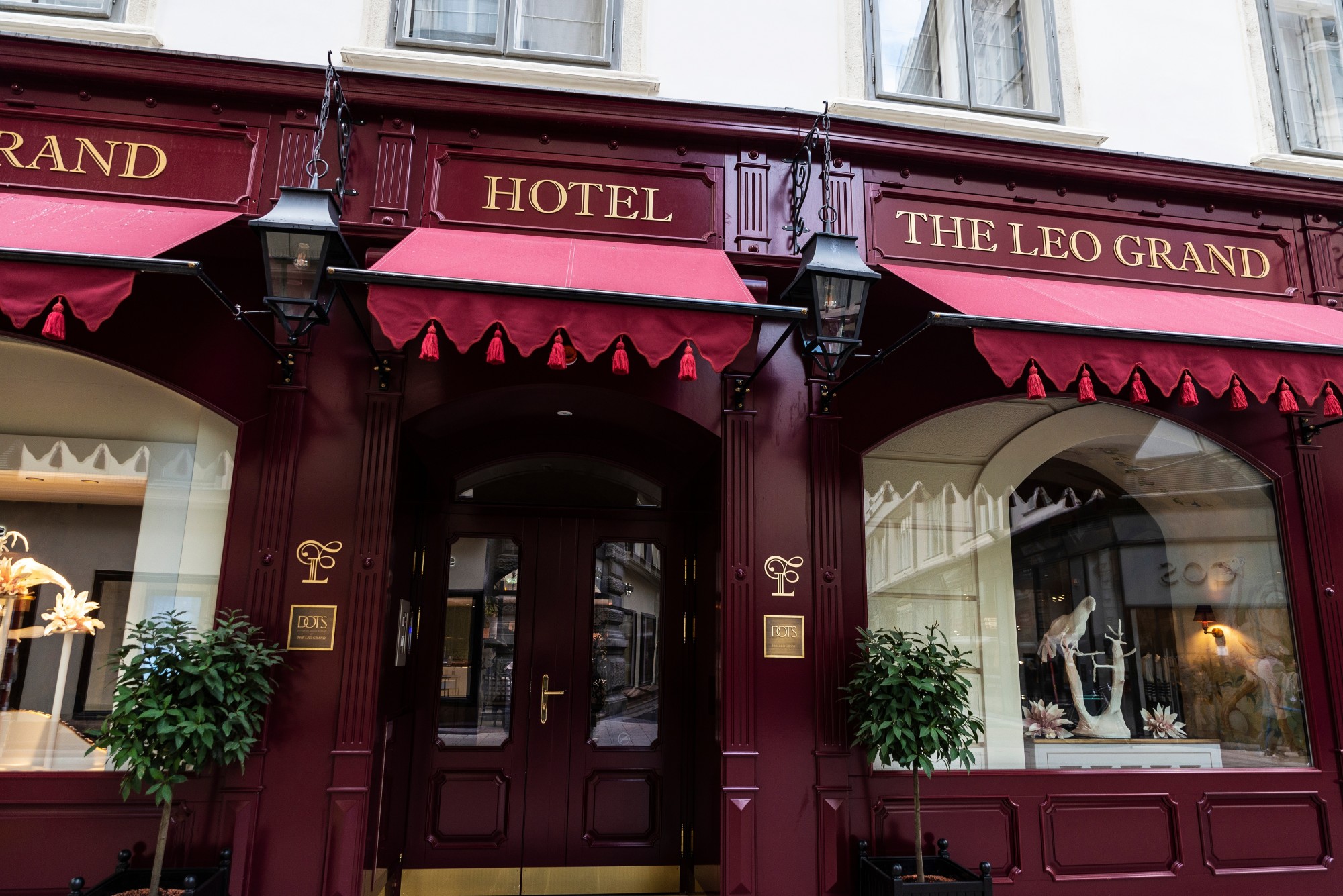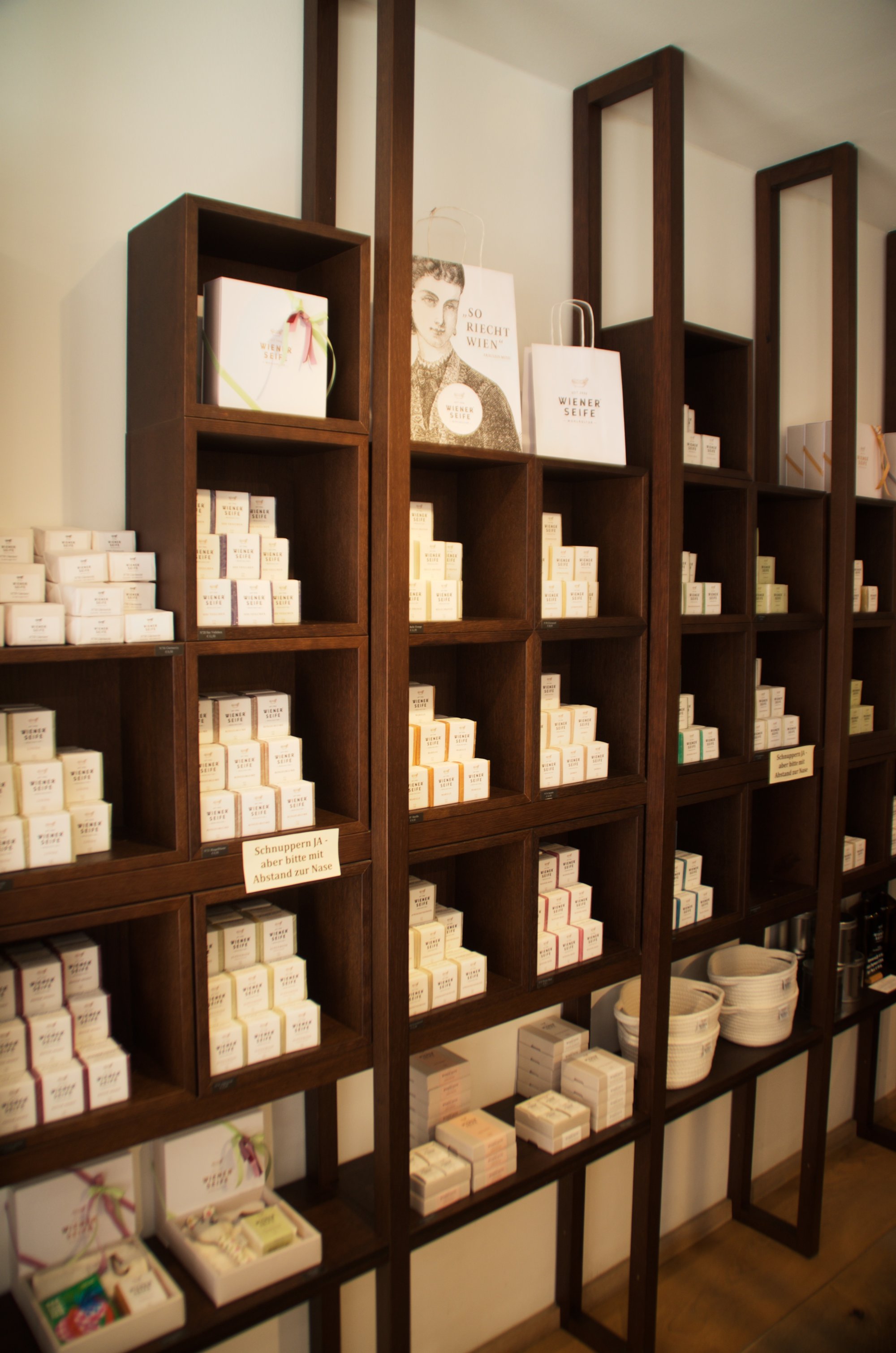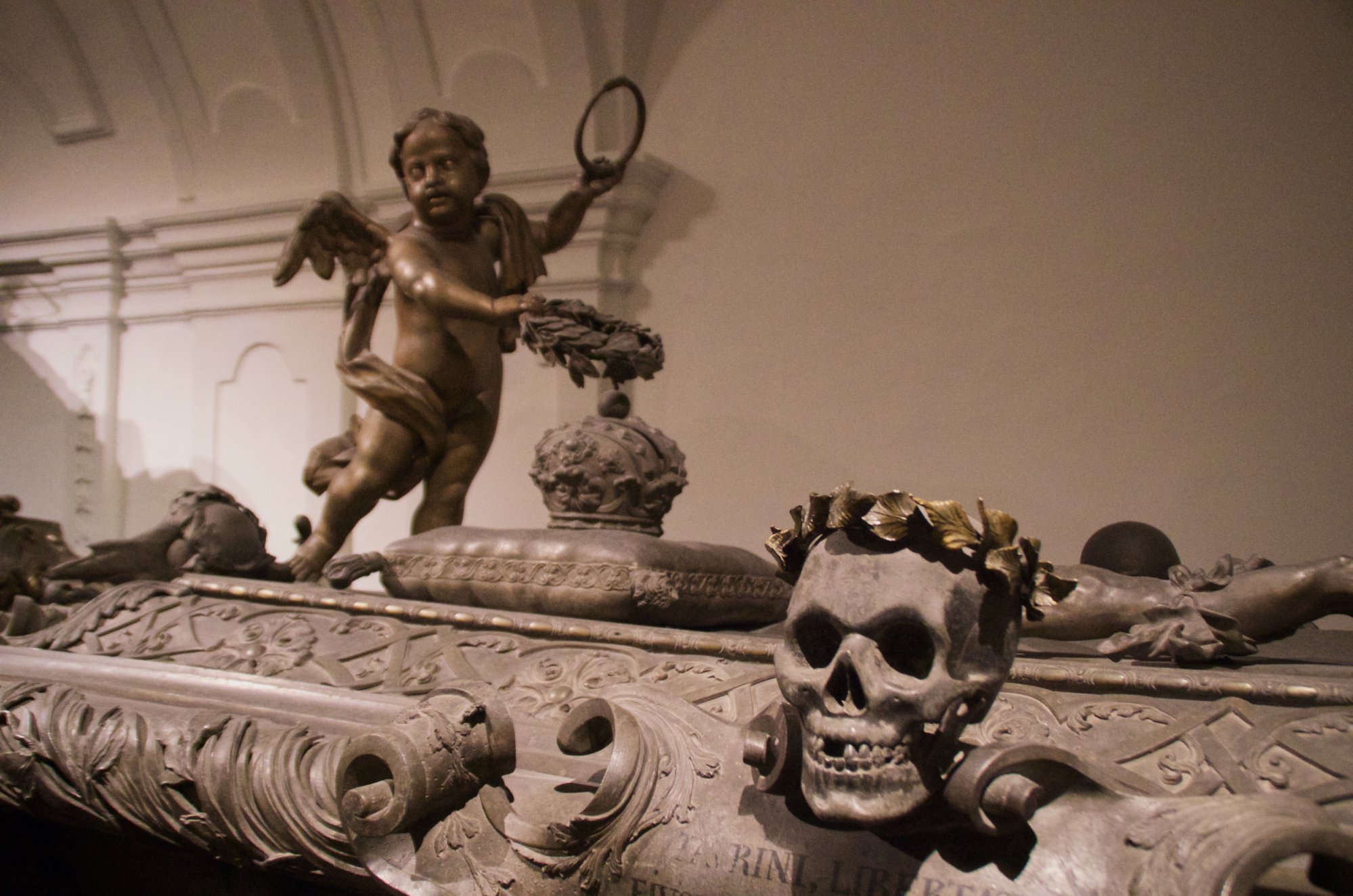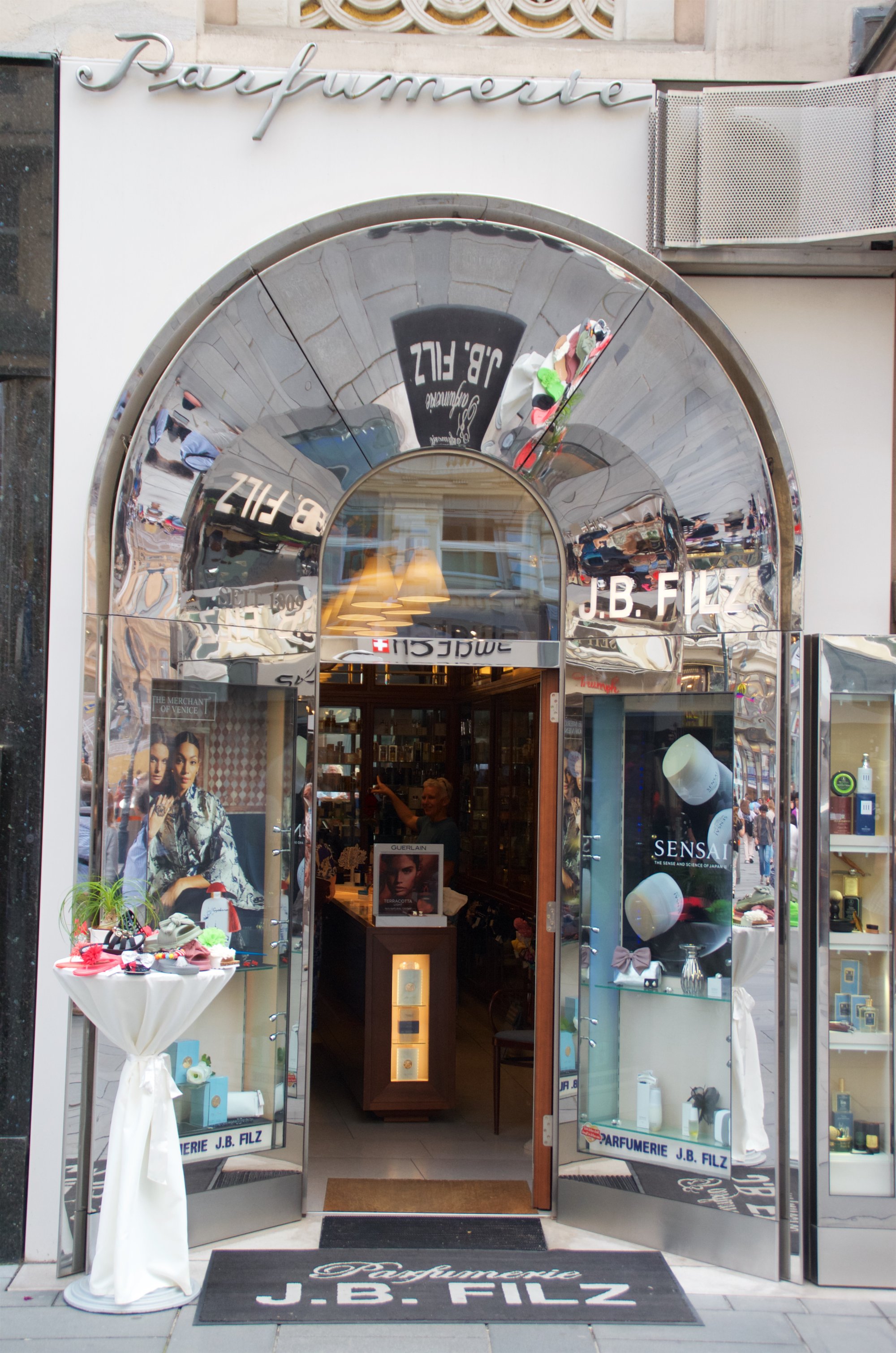
Can you bottle the smell of Vienna? How pastries, books, roses and even notes of rot can bring the Austrian city to mind
- Led by your nose, a tour of Vienna’s churches, libraries, small manufacturers and shops can be a sensory treat
- One perfume designer creates peculiarly Viennese fragrances designed to evoke the city through smell alone
Alexander Lauber, creative director of Viennese niche perfume house WienerBlut, has been receiving inquiries from customers as to whether he has altered the recipes of his peculiarly Viennese fragrances.
But he has not done so.
However, within the abstract world of niche perfume there are changes in the wind.
“There is actually a demand for more intense formulas which can be probably attributed to Covid,” says Lauber at his discreet central Vienna office in Austria.
“We don’t really know if that’s the reason, but there’s been an uptick in requests for much stronger formulations than used to be normal.”
“We don’t ask, ‘Have you had Covid’,” he says, “because of course not everyone knows.”

The sixth-generation Viennese pharmacist clearly thinks that is important, so perhaps, in the face of Covid-19, we should start allowing ourselves to be led by the nose.
Much of the time we treat the nose as the also-ran of sense organs, and when we describe a holiday to friends, smell is in most cases the last thing we mention.
When Lauber offers a sample of something to sniff, in 90 per cent of cases the recipient remarks, “This reminds me of …”.
“That’s because the memory zone is activated,” he says. “Remembering is something that automatically occurs when we focus on scent.”

In the future, what will best conjure up memories of sitting in the courtyard restaurant of Vienna’s newly opened and palatial Leo Grand hotel is probably not an iPhone image of swallows swooping through the square of very blue sky overhead, but more likely an earthy aroma of freshly sliced truffle like that rising from the asparagus and yellowfin tuna maki in front of me.
My decision to pay more attention to aromas begins unpromisingly, with occasional gusts of a distinctly sulphurous smell as I descend into the metro station in the square outside St Stephen’s church, as if the gates of Hell are yawning.
Lauber warned me that this experience was something peculiar to the location. “For me, that’s definitely the smell of death,” he said cheerfully.

Many Viennese believe this subterranean stink to be a leftover from that period. But in fact, it is from the sodium silicate used as a hardener during construction of the station. For the real smell of death, one guide suggests I should try the Capuchin Crypt.
I have whiled away many an afternoon in Vienna’s innumerable and varied cafes, cutting through slices of chocolatey Sachertorte or biting the cherry from the top of a pink-iced and rum-soaked Punschschnitte, and I would like to continue to connect Vienna with freshly brewed coffee and the smell of pastries warm from the oven, rather than cadavers.

But the trip below central Vienna into the Kapuzinergruft under the Capuchin Church, housing the tombs of the Habsburg rulers of half of Europe, proves worthwhile.
There, buried beneath Baroque arches, 150 ornate sarcophagi – studded with crowned skulls and writhing with mourning figures – also bear reliefs showing the deeds of those enclosed.
This is more art gallery than crypt, and with coffin-thrones like these it is quite possible to imagine that the dead emperors are now ruling the underworld. But there is the smell of nothing more than cool, still air.
“When you think of how Vienna smells, for me it comes down to what sort of energy is here,” says Ehrmann.
“Vienna is totally different to Berlin,” he says, “not to mention New York when it comes to the tempo – what’s possible in how much time. I think that in Vienna a lot of things go much slower, and people need more time to adapt.”
If there is such a thing as the smell of slowness it must surely be found in a library, and in Vienna it is one of the world’s most beautiful. The Austrian National Library was built by the Habsburg emperors in the early 18th century.

A palace of marble floors and pillars, carved and gilded galleries of shelves 77 metres (250 feet) long, its frescoed walls, with a trompe-l’oeil balcony – a visual illusion – reach up into a 35 metre-high dome, and house 200,000 books.
It smells of polish and the old leather of book bindings, a fuddy-duddy odour at odds with the flamboyance of the interior.

There is also the warm and fecund smell of the stables of the Lipizzaner stallions of the Spanish Riding School, the horses bred by Habsburg monarchs since the 16th century, their dressage performances a Viennese tradition.
So is this what Lauber bottles for WienerBlut? It is said that all great perfumes have something a little dirty in them.
“The niche perfume community is about the scent – it has to be visceral, it has to be sexy, it has to be tantalising in a certain way. But people in this kind of community of scents are really interested in the background of it all, and I find that’s a source of innovation,” he says.

“We’ve done two fragrances in a field that [Vienna resident and neurologist Sigmund] Freud was interested in. One has to do with [book] The Interpretation of Dreams, and the other has to do with his essay The Uncanny.
“So these are totally abstract themes that have no historic raw material background, but are just a take on that Vienna-specific aspect.”
Time, perhaps, to sniff out something else more concrete.
Just outside the city centre, two light industries have resisted a general exodus to cheaper and more spacious locations in the suburbs – the 19th-century Viennese brewer Ottakringer and the equally ancient confectioner Manner, whose wafer biscuits are a Viennese signature item, and come in boxes and cartons of a distinctive pink.

From one, when the breeze blows right, there is the big brown smell of hops and yeast, and from the other a cloud of cocoa.
Those wanting to take home an unusual but very specifically Viennese souvenir will not find these fragrances at airport duty free, but must visit a handful of niche outlets in the city itself, such as Kussmund, in the Habsburgergasse, or chandelier maker Lobmeyr, in Kärntnerstrasse.
A trip to Vienna is, after all, something to be sniffed at.

